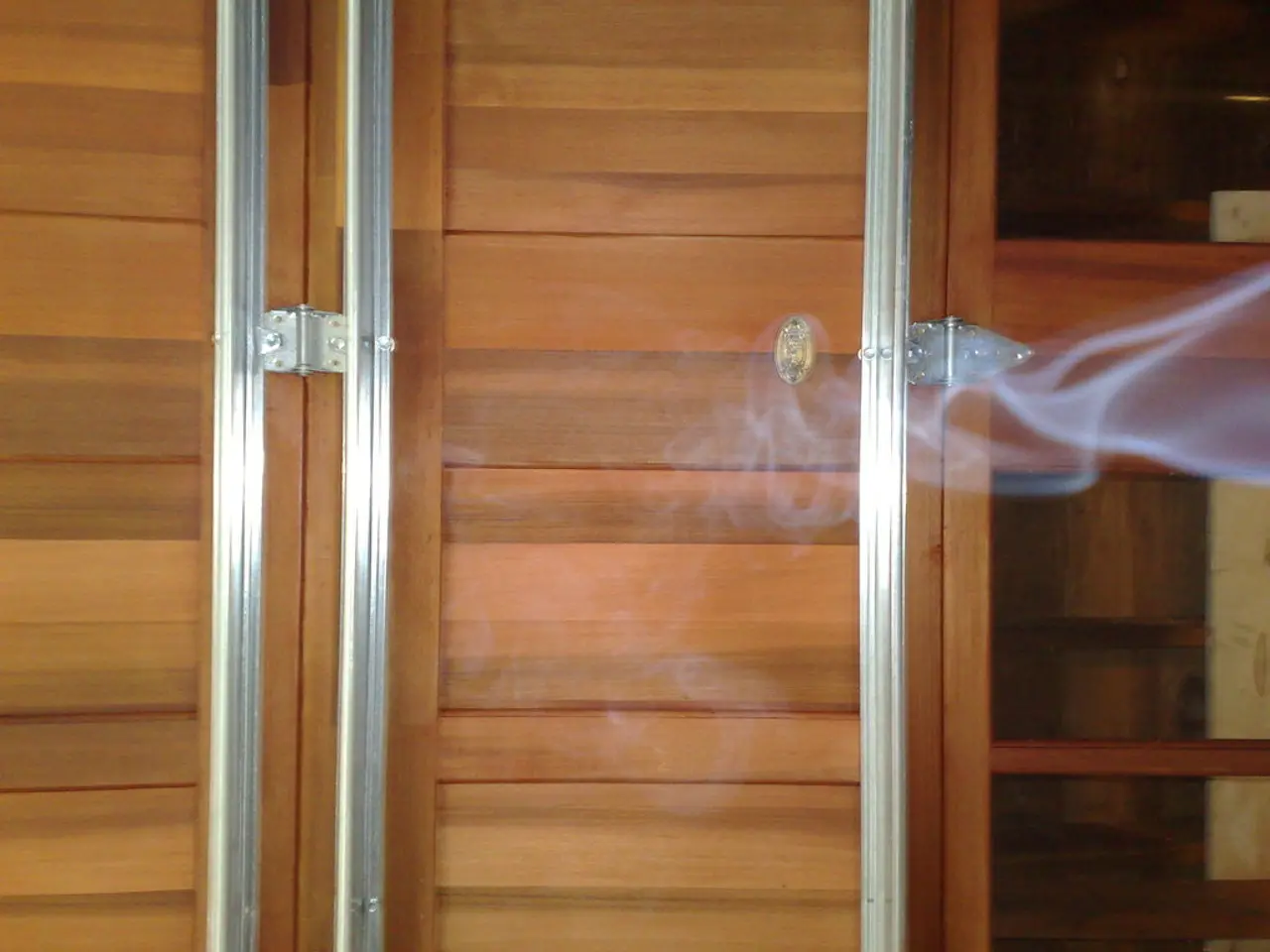Wood Smoke Pollution: A Major Health Risk for Vulnerable Groups
Wood smoke is a significant source of air pollution in the US. It poses a greater risk to certain groups, including older adults, children, and those with respiratory conditions. Over 2 million inefficient wood stoves are still in use nationwide.
Residential wood smoke is a major contributor to PM pollution. It emits more PM than all vehicles combined and five times more than refineries, cement plants, and pulp mills. This pollution is harmful, causing asthma attacks, bronchitis, and exacerbating heart and lung diseases. It's particularly dangerous for older adults, children, and pregnant people.
Wood smoke is a significant contributor to air pollution, posing health risks to vulnerable groups. Replacing old wood stoves with cleaner technologies can reduce emissions, save money, and decrease fire risk. Affordable solutions are crucial for lower-income households that rely on wood for heating.
Read also:
- Trump's SNAP reductions and New York City Council's grocery delivery legislation: Problems for city residents highlighted
- Reducing dental expenses for elderlies in Sweden: Over 50% cut in charges for pensioners by the government
- Forty-year-old diet: A list of meal choices to savor
- Exiled Life's Conundrum: A Blend of Liberation, Disillusionment, and Distress






